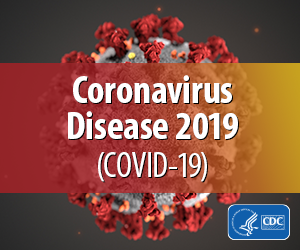On March 29, 2021, a new law took effect in California requiring most employers to provide supplemental paid sick leave to employees for a variety of COVID-19-related circumstances. The new law, approved by Governor Newsom on March 19th, will apply retroactively and expand upon the State’s previous supplemental paid sick leave law, which expired on December 31, 2020.
Since the coronavirus pandemic began last March, California has taken an active approach in addressing its impact on employment, first through an executive order from the governor, and later through legislation that expanded pandemic-related paid sick leave obligations to employers not otherwise covered by the federal Families First Coronavirus Response Act (FFCRA). The new legislation extends and expands on the 2020 law, covering all public and private employers with more than 25 employees, adding permissible grounds for the use of leave, and requiring employers to provide retroactive payment for absences dating back to January 1, 2021 that would have been covered by the new legislation.
Under the new law, employees must be granted up to 80 hours of supplemental paid sick leave (depending on full-time/part-time status) for any of the following circumstances:
- The employee is subject to quarantine or isolation as defined by an order or guidelines of the State Department of Public Health, the federal Centers for Disease Control and Prevention (CDC), or a local health officer due to COVID-19;
- The employee is advised by a health care provider to self-quarantine due to COVID-19;
- The employee is attending an appointment to receive a COVID-19 vaccine;
- The employee is experiencing symptoms after receiving a COVID-19 vaccine that prevent the employee from being able to work;
- The employee is experiencing symptoms of COVID-19 and is seeking a medical diagnosis;
- The employee is caring for a family member who is subject to quarantine or isolation due to COVID-19; or
- The employee is caring for a child whose school or place of care is closed for reasons related to COVID-19.
The decision to include quarantines pursuant to state or federal guidelines, in addition to those required by official order significantly expands the scope of coverage for which employees might take paid leave. Likewise, the inclusion of vaccine appointments and side effects as qualifying reasons is certain to expand the proportion of the workforce who avail themselves of this supplemental paid time off.
The new law’s expanded coverage should be of particular concern to employers, given the retroactive applicability of the legislation. Upon oral request by an employee, employers must now provide retroactive payment to that employee for any absence incurred between January 1, 2021 and March 28, 2021 for which the new law would have provided coverage. And, the law’s mandatory notice to be posted by employers explicitly encourages employees to request such payment.
As was the case with its predecessor, the 2021 version of the law prohibits employers from requiring employees to exhaust other paid or unpaid leave prior to using this COVID-19 supplemental paid sick leave, and requires employers to list the amount of available supplemental sick leave on employee paystubs, separate from any regular paid sick leave to which they are otherwise entitled. The law expires on September 30, 2021, but any employee on COVID-19 supplemental paid sick leave at the time the statute expires must be allowed to exhaust their leave as if the law remained in effect.
As vaccine rollout continues to gain momentum, California employers are likely to receive an influx of requests for paid time off under this new law. Employers should review their existing COVID-19 leave polices for compliance with the new law and prepare for the anticipated uptick in requests for leave.
For more information, please contact a member of Benesch’s Labor & Employment Practice Group.
Adam Primm at aprimm@beneschlaw.com or 216.363.4451.
***
Please note that this information is current as of the date of this Client Alert, based on the available data. However, because COVID-19’s status and updates related to the same are ongoing, we recommend real-time review of guidance distributed by the CDC and local officials.

